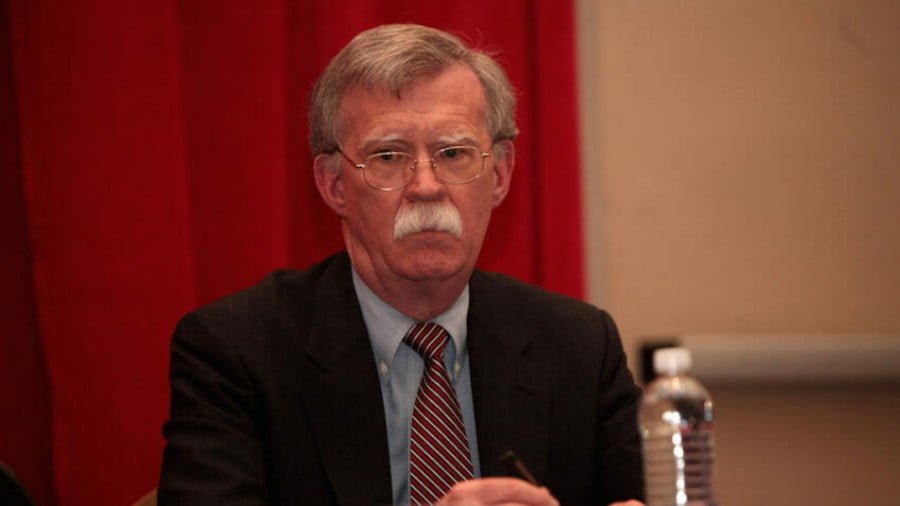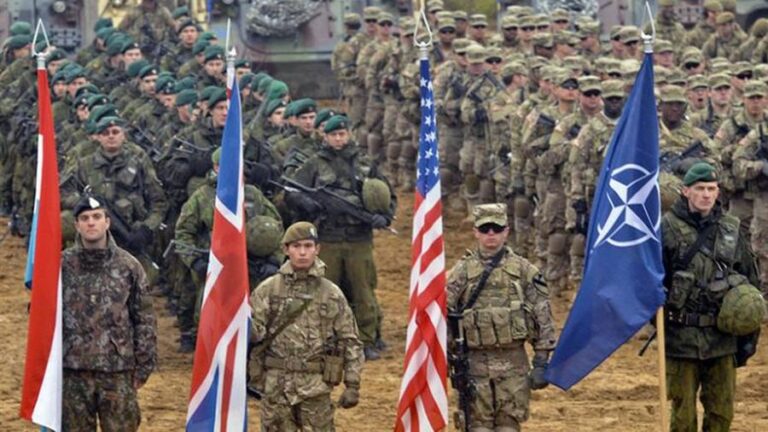The New York Times Finally Told the Truth About the Failure of Kiev’s Counteroffensive
Kiev’s supporters can no longer tell themselves that all reports about disadvantageous developments are either “Russian propaganda” or “psy-ops” designed to deceive their opponent after the New York Times’ latest report confirmed that Zelensky’s damning admission about his side’s unpreparedness is indeed true.
The failure of Kiev’s NATO–backed counteroffensive is undeniable six weeks after Westerners wrongly expected that Russia would swiftly be expelled from Ukraine’s pre-2014 borders. The New York Times (NYT) finally told the truth about this in their report on Sunday about “Weary Soldiers, Unreliable Munitions: Ukraine’s Many Challenges”. None of the facts contained within it are surprising since they’re all connected to the poor state of affairs that the Washington Post (WaPo) candidly described in March.
The observations shared by that Beltway outlet one-third of a year ago were dismissed by Kiev’s supporters as either being “Russian propaganda” despite WaPo’s leading role in pushing the Russiagate conspiracy theory or a “psy-op” that was designed to deceive Russia about the counteroffensive. It’s now known from the NYT’s latest report that this was a factual representation of the situation, the conclusion of which was extended credence by two other narrative developments over the weekend.
The Wall Street Journal (WSJ) reported on Saturday that the West knew that Kiev wasn’t ready to launch its counteroffensive but still allowed it to go ahead anyhow. Zelensky then told CNN’s Fareed Zakaria the day after in an interview that “we had not enough munitions and armaments and not enough brigades properly trained in these weapons” for the counteroffensive to swiftly succeed. This backdrop set the stage for the NYT’s report, the highlights of which are as follows:
* The conflict has reached a “violent stalemate”;
* Ukrainian forces “are struggling…because of dense minefields” along the Zaporozhye front;
* They also “described a determined foe” whose morale remains high despite prior setbacks;
* “The Ukrainian military (is) facing a litany of new and enduring challenges”;
* Coordination problems between its troops persist;
* Ukraine has experienced “tens of thousands of casualties”;
* Its experienced and younger fighters have been replaced with “lesser-trained and older troops”;
* Russian forces have “become more adept” at dislodging Kiev from whatever ground it gains;
* “Ammunition is in short supply, and there is a mixture of munitions sent from different countries”;
* Old foreign-supplied munitions are “damaging [Ukraine’s] equipment and injuring soldiers”;
* Ukraine’s near-total dependence on Starlink has led to communication delays during assaults;
* “Training for more specialized skills, such as for snipers, has been sidelined in favor of trench attacks”;
* Ukraine’s lower-quality recruits, however, struggle to successfully carry out these assaults;
* Russia’s Lancet drones have been highly effective in destroying Ukrainian artillery and tanks;
* And it’s “impossible” to jam them, “at least for now”, and they’re also “hard to shoot down”.
The fifteen facts shared above leave no doubt that Kiev’s NATO-backed counteroffensive has failed exactly as President Putin once again claimed on Sunday, which in turn makes it all the more likely that peace talks will resume by year’s end as was earlier explained here and here. The NATO-Russian “race of logistics”/“war of attrition” that Stoltenberg finally acknowledged in mid-February, which is the most important variable shaping this proxy war’s trajectory, is indisputably trending in Moscow’s favor.
Kiev’s supporters can no longer tell themselves that all reports about disadvantageous developments are either “Russian propaganda” or “psy-ops” designed to deceive their opponent after the NYT’s latest report confirmed that Zelensky’s damning admission about his side’s unpreparedness is indeed true. The situation is likely much worse than both of them described it as being considering their self-interested motivation in not wanting to demoralize everyone.
Nevertheless, their disclosures on Sunday still shattered the delusions that Kiev’s most diehard supporters had clung to since none of them would dare to defy their cult’s dogma by suggesting that Zelensky hadn’t spoken the truth. The coincidental release of the NYT’s report on the same day as his damning admission made it impossible to deny the veracity of what he said due to the detailed information contained therein, which runs the chance of catalyzing a crisis of confidence in their ranks.







